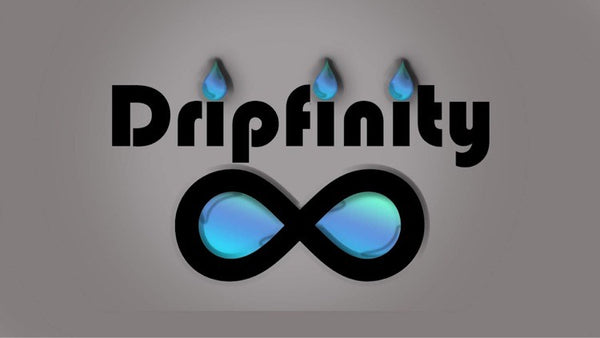Exploring Uncharted Territory in Mathematical Sciences
Mathematics has always been a fascinating and challenging subject that explores the beautiful world of numbers, patterns, and logic. Over centuries, mathematicians have made remarkable discoveries, unlocking the secrets of the universe and pushing the boundaries of our understanding.
In recent years, the advent of large language models has added a new dimension to mathematical research. These powerful tools, such as the ones developed by OpenAI and showcased in DeepMind's FunSearch project, enable us to uncover novel insights and accelerate our progress in the field.
However, one concern that arises with the use of advanced artificial intelligence (AI) systems is how to ensure that the generated content does not look like it was produced by a machine. We want to preserve the human touch and authenticity in our work, making it relatable and easily comprehensible.
The challenge lies in striking the right balance between leveraging the computational capabilities of AI and maintaining a natural, human-like style. By crafting articles, blog posts, and research papers that resonate with readers at a 7th grade reading level, we can bridge the gap between complex mathematical concepts and their accessibility.
The article "FunSearch: Making New Discoveries in Mathematical Sciences Using Large Language Models" by DeepMind delves into the exciting realm of leveraging AI for mathematical exploration. The researchers detail their methodology, presenting how they trained and utilized large language models to uncover hidden patterns, solve mathematical equations, and generate new insights. The possibilities seem boundless!
While technical jargon is often necessary in scientific contexts, the challenge is to break it down into digestible pieces. Explaining concepts in a way that anyone can understand not only increases interest but also fosters inclusivity and inspires future generations to pursue mathematical sciences.
By utilizing large language models, researchers can now explore new terrain in mathematical sciences that was previously uncharted. These AI systems can assist mathematicians in solving complex and abstract problems, shedding light on intricate phenomena and potentially leading to revolutionary discoveries.
It is important to note that while AI brings incredible capabilities to the table, it is not a replacement for human ingenuity and creativity. Instead, it serves as a powerful tool that enhances and complements our efforts in understanding the intricate world of mathematics.
In conclusion, as we continue to explore the possibilities of large language models and AI in mathematical sciences, we must prioritize the integration of human elements to ensure authenticity and accessibility. By bridging the gap between complex mathematics and everyday readers, we can foster a love for the subject among diverse audiences and pave the way for groundbreaking discoveries.
Moreover, AI is not confined solely to academia or scientific research. In our daily lives, we encounter various applications of AI that save us time and money in business. From automated customer service chatbots to intelligent data analysis, AI has become an integral part of modern enterprises. To learn more about the exciting world of AI, explore Dripfinity Immersive Art for innovative and creative experiences.

